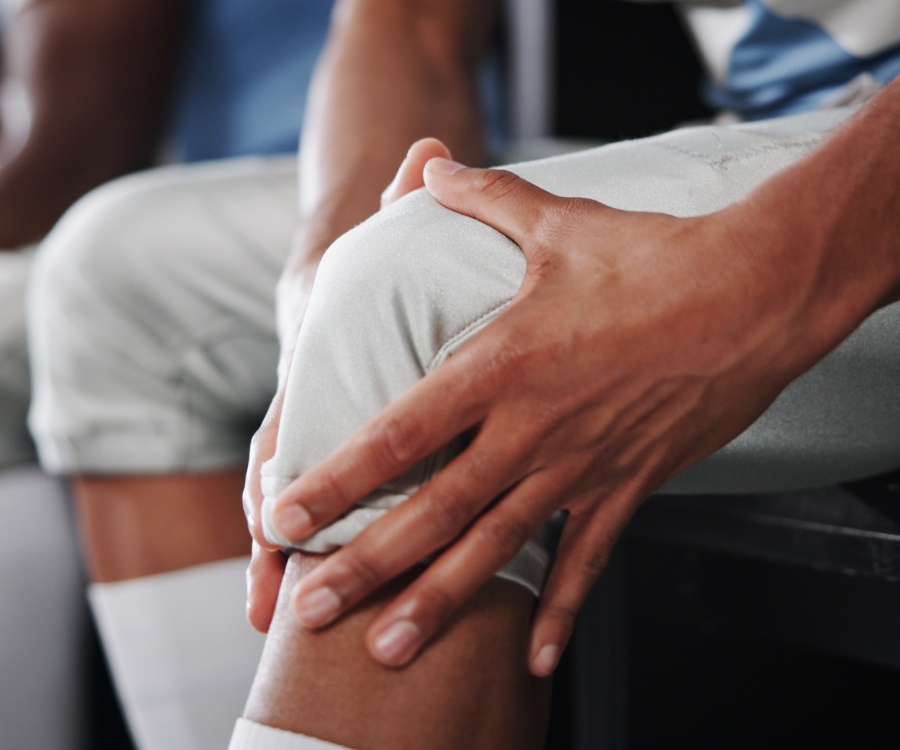Summary
Why This Matters
Return-to-sport decisions increasingly rely on movement-quality analysis, not just performance metrics (e.g. hop distance or T-test time). Traditional marker-based motion capture offers high accuracy but requires considerable setup time and specialized resources, which can make frequent RTS assessments challenging in many clinical or field environments.
Markerless systems promise faster, more scalable biomechanical assessment, but only if they demonstrate strong test-retest reliability, meaning clinicians can trust that measured changes between sessions reflect meaningful changes in the movement.
Interested in how reliability fits within a broader evaluation of sports technology? Explore our full breakdown of the STRN Sports Technology Framework and how it applies to markerless motion capture, including reliability, validity, usability, and data aesthetics.
This study directly addresses the key question clinicians, sports scientists, and performance staff have been asking:
Can markerless motion capture reliably capture high-impact, multiplanar RTS tasks – across different days – well enough to track rehab progress?
Study Overview
Participants
- 18 healthy adults (12 male, 6 female)
- Two test sessions ~1 week apart
Tasks Assessed
A comprehensive battery representing real RTS challenges:
- Countermovement jump (CMJ)
- Crossover hop (COH)
- Drop vertical jump (DVJ)
- Single-leg drop vertical jump (SLDVJ)
- Single-leg hop
- Sidestep cutting (SSC)
Measurement Setup
- Recorded with 8 Qualisys Miqus video cameras + dual force plates
- Processed through Theia3D → Visual3D for joint angles & external moments
- Evaluated sagittal & frontal planes (transverse excluded due to known unreliability)
Analysis Metrics
- Integrated ICCs for full time-series reliability
- Discrete ICCs for key events (initial contact, peak values)
- SEM and MDC to determine whether real clinical change can be detected
Key Findings
1. Strong Reliability for Most Kinematic Measures
Across all tasks and joints, joint angles showed moderate-to-excellent test-retest reliability:
- Sagittal plane: ICC = 0.61–0.86
- Frontal plane: ICC = 0.62–0.90
This indicates clinicians can confidently use markerless systems to evaluate joint flexion/extension and ab/adduction between sessions.
2. Kinetics: Sagittal Plane Strong, Frontal Plan Mixed
Peak joint moments showed:
- Good-excellent reliability in sagittal-plane knee and ankle moments
- Moderate-excellent reliability in sagittal-plane hip moments
- Notably poorer reliability for frontal-plane hip and ankle moments, especially in tasks revolving rapid direction change (DVJ, SSC, SLH)
This is consistent with previous literature on both marker-based and markerless systems, reflecting the known difficulty of detecting subtle frontal-plane kinetic changes for these challenging joints.
3. Minimal Session-to-Session Variation in Kinematics
SEM values were small:
- Hip flexion: < 9°
- Knee flexion: ≤ 4.3°
- Ankle flexion: < 3.5°
These values are comparable to (or better than) marker-based systems, and the majority across all movements and joints fell within the widely considered ‘reasonable’ range of 2-5 degrees.
4. MDC Values Suggest good Sensitivity for Kinematics
MDC ranges for joint angles aligned with clinically observed improvements after ACL rehab (e.g., 5–10° changes).
However, kinetic MDCs – especially hip/ankle – were sometimes larger than typical rehab-driven changes, meaning kinetics should be interpreted cautiously if looking for subtle week-to-week improvements.
5. Cutting, Single-Leg Tasks = Most Challenging
More complex tasks (SLH, SSC) showed:
- Slightly lower reliability
- Higher sensitivity to small variations in movement execution
This reflects real-world variability rather than system limitations alone.
What This Means for Clinicians, Researchers, and Performance Staff
For Sports Scientists / Performance Coaches
- Multi-session testing (e.g. weekly monitoring) is feasible without concern for major measurement drift.
- Cutting and single-leg tasks remain highly reliable in kinematics, even if kinetics show variability.
- Avoid overinterpreting small-force asymmetries in frontal plane mechanics.
For Researchers
- Provides foundational reference values for designing longitudinal or intervention studies in dynamic tasks.
- Highlights the importance of plane-specific reliability when selecting outcome variables.
- Supports growing evidence that markerless systems can replace marker-based setups for field-relevant RTS tasks.
Read the full article here.
Interested in learning more?
Contact us today to learn how Theia3D can support your lab, clinic, or program.





